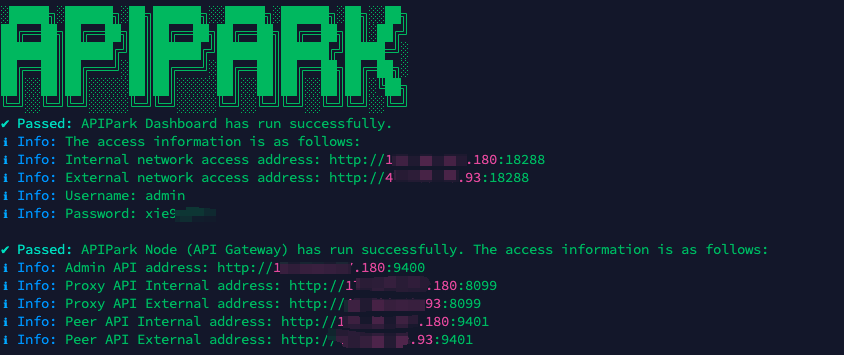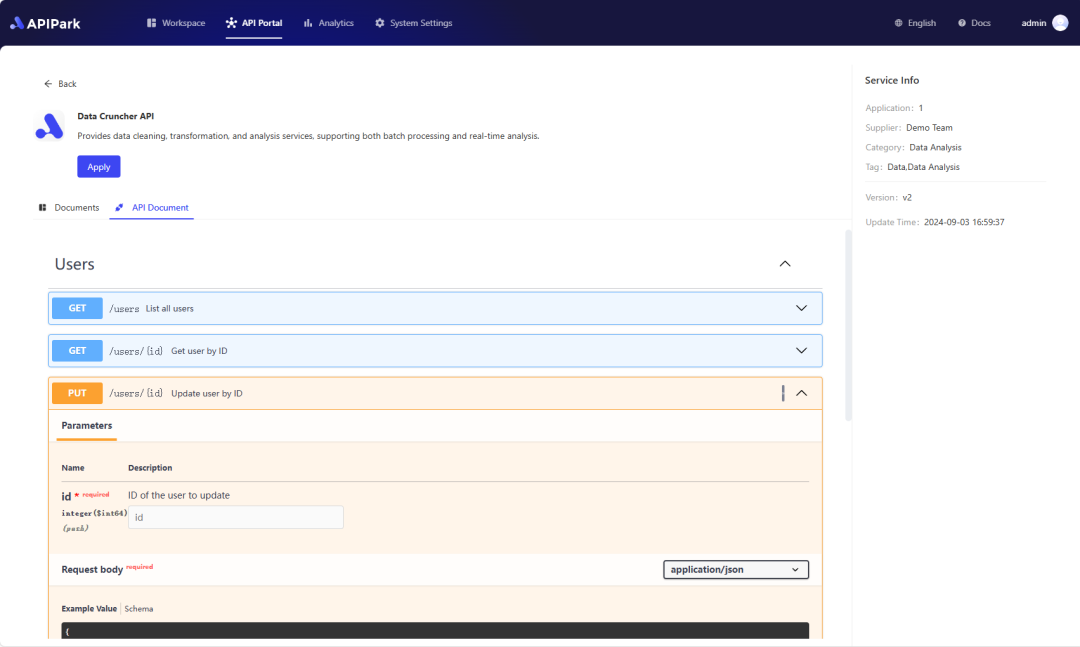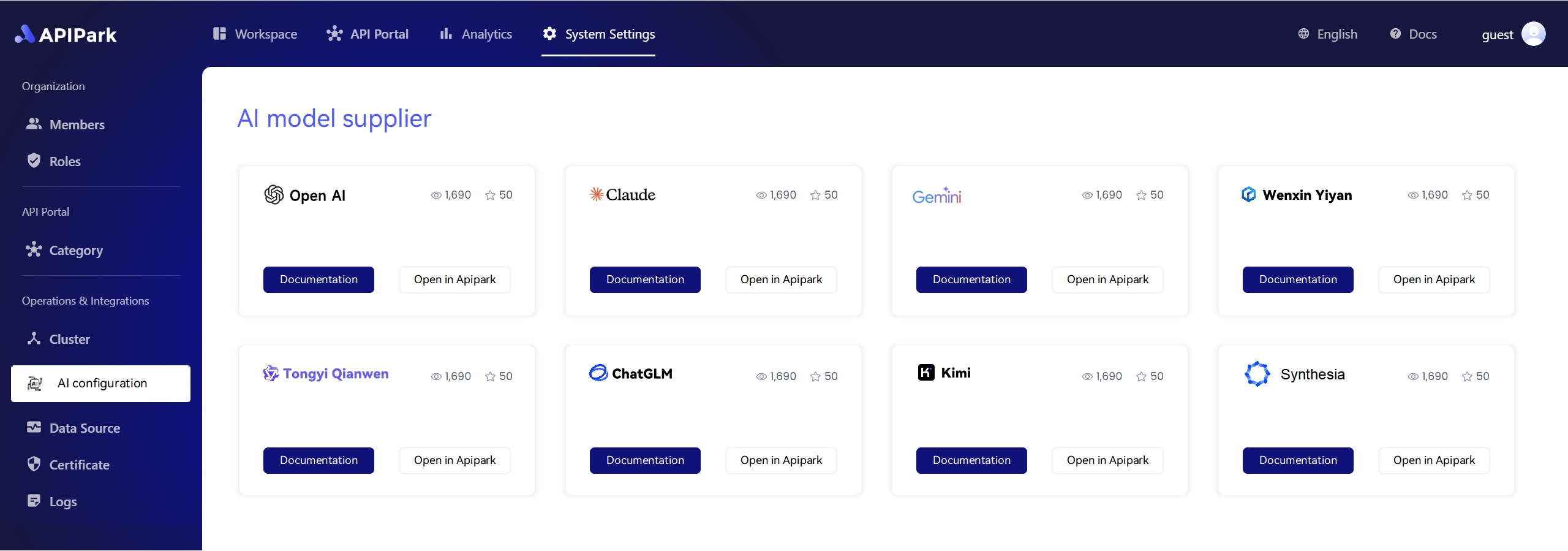Kotlin has gained significant traction among developers since its inception in 2011. As a versatile language that runs on the Java Virtual Machine (JVM), it offers a modern syntax while maintaining full interoperability with Java. Moreover, it’s been declared the preferred language for Android development by Google. In this comprehensive guide, we will explore the relationship between Kotlin and Java, examine how they coexist, and delve into practical implementations, including API calling practices.
The Evolution of Programming Languages: Java to Kotlin
Java has long been the stalwart of the programming world, particularly within enterprise applications and Android development. Released in 1995, it introduced a robust set of features that helped it gain a foothold across various domains. Its principles of Write Once, Run Anywhere (WORA) and a rich ecosystem led to its enduring popularity. However, as programming paradigms evolved, the need for more concise, expressive languages became apparent.
Kotlin emerged as a response to the growing limitations found in Java. Designed by JetBrains, it aimed to eliminate boilerplate code while introducing null safety, functional programming constructs, and extension functions. The language’s release in 2016 further solidified its place within the development community when Google endorsed it as a first-class language for Android.
Key Features of Kotlin and Their Impact on Java Developers
Before we dive deeper into the practical applications of Kotlin, let’s explore some of its standout features and how they enhance the programming experience for Java developers.
1. Null Safety
One of the most common issues in Java is null pointer exceptions. Kotlin’s type system aims to eliminate this by distinguishing between nullable and non-nullable types. This design helps prevent many runtime crashes that Java developers frequently encounter.
var name: String = "Kotlin" // non-nullable
var nullableName: String? = null // nullable
In Java, you would need to add additional checks or employ libraries such as Google’s Guava to handle similar cases.
2. Extension Functions
Kotlin allows developers to extend existing classes with new functionalities without having to inherit from them. This is realized through extension functions, which can make your code cleaner and more readable.
fun String.addExclamation() = this + "!"
val greeting = "Hello"
println(greeting.addExclamation()) // Output: Hello!
In contrast, Java would require additional utility classes or inheritance to achieve the same effect.
3. Coroutines
Kotlin’s built-in support for coroutines provides a straightforward way to handle asynchronous programming. This feature simplifies writing asynchronous code, making it more readable and maintainable than Java’s traditional threads and callbacks.
import kotlinx.coroutines.*
fun main() = runBlocking {
launch {
delay(1000L)
println("World!")
}
println("Hello, ")
}
Conversely, Java developers often rely on CompletableFuture or libraries like RxJava for similar functionality.
Interoperability Between Kotlin and Java
One of Kotlin’s most pronounced advantages is its interoperability with Java. Since both languages run on the JVM, Kotlin code can call Java libraries and frameworks seamlessly. This relationship allows developers to migrate existing Java applications incrementally to Kotlin without needing a complete rewrite.
Working with Java Libraries in Kotlin
When you want to utilize a Java library in a Kotlin project, you simply add the library to your dependencies as you would do in any Java project. Here’s an example of how you would call a Java method from a Kotlin class:
Assuming we have the following Java class:
public class JavaGreeter {
public String greet(String name) {
return "Hello, " + name + "!";
}
}
You can invoke it directly in Kotlin as shown below:
fun main() {
val greeter = JavaGreeter()
println(greeter.greet("Kotlin")) // Output: Hello, Kotlin!
}
This seamless interoperability extends to frameworks and libraries, enabling developers to leverage the robustness of existing Java ecosystems while enjoying the benefits of Kotlin.
API Calls in Kotlin with Oauth 2.0
What is API Calling?
API calling is a fundamental operation in today’s software development. It allows applications to communicate with other services, retrieve data, or perform actions remotely. Java developers have long used libraries such as Apache HttpClient or OkHttp to accomplish this task. With the rise of Kotlin, utilizing coroutines and the new kotlinx.serialization library allows for a more succinct, modern approach.
Utilizing Tyk for API Management
Tyk is a powerful API gateway that offers features like traffic management, Oauth 2.0 authorization, and analytics. When making API calls within a Kotlin application, understanding how to authenticate using Oauth 2.0 becomes essential.
To demonstrate this, let’s assume you want to make an API call to a Tyk-managed service secured by Oauth 2.0.
import kotlinx.coroutines.*
import khttp.get
import khttp.responses.Response
fun main() = runBlocking {
val token = "<ACCESS_TOKEN>"
val response: Response = get(
url = "http://api.yourservice.com/endpoint",
headers = mapOf("Authorization" to "Bearer $token")
)
println(response.text)
}
In this code example, we make a GET request to an API endpoint while including an Oauth 2.0 bearer token in the headers for authorization.
Kotlin Data Classes for API Response
Kotlin’s data classes provide a very convenient way to represent API responses. By using these, you can deserialize JSON objects into Kotlin objects, which can then be manipulated easily.
Here’s an example of defining a data class and parsing a JSON response:
import kotlinx.serialization.*
import kotlinx.serialization.json.*
@Serializable
data class ApiResponse(val id: Int, val name: String)
fun parseResponse(json: String): ApiResponse {
return Json.decodeFromString<ApiResponse>(json)
}
When you combine the above code with our earlier API request, you can deserialize the response directly into a Kotlin object effortlessly.
Bridging the Gap: Transitioning from Java to Kotlin
As you embark on your journey from Java to Kotlin, there are several strategies to facilitate a smooth transition.
| Strategy | Description |
|---|---|
| Learn Kotlin Basics | Familiarize yourself with Kotlin’s syntax and key features. |
| Leverage Interoperability | Gradually convert your Java classes to Kotlin, starting with utility classes. |
| Use Tooling | Utilize IntelliJ IDEA or Android Studio to refactor code from Java to Kotlin. |
| Practice | Build small projects in Kotlin to get comfortable with its ecosystem. |
Conclusion: The Unified Experience of Kotlin and Java
In summary, Kotlin and Java possess a synergistic relationship that empowers developers to harness the strengths of both languages. By introducing modern programming paradigms and a more expressive syntax, Kotlin complements Java’s robust ecosystem, enabling smoother development processes, particularly in Android and enterprise applications.
Whether you’re a seasoned Java veteran or just starting, understanding Kotlin’s features, its interoperability with Java, and best practices for API calling will enhance your programming toolkit.
As software development continues to evolve, Kotlin stands out not just as an alternative but as an essential tool for the modern developer. By embracing it, you open the door to more efficient, maintainable, and enjoyable coding experiences.
APIPark is a high-performance AI gateway that allows you to securely access the most comprehensive LLM APIs globally on the APIPark platform, including OpenAI, Anthropic, Mistral, Llama2, Google Gemini, and more.Try APIPark now! 👇👇👇
By following this guide, developers can gain a comprehensive understanding of Kotlin and its relationship with Java, empowering them to utilize both languages effectively.
Further Reading and Tools
Kotlin truly enhances the capabilities of Java, ensuring that developers can create high-quality applications efficiently while minimizing the common pitfalls found in traditional Java programming. Whether you’re working with APIs, building Android applications, or developing complex server-side applications, the skills learned from this guide will undoubtedly benefit your programming endeavors.
🚀You can securely and efficiently call the claude(anthropic) API on APIPark in just two steps:
Step 1: Deploy the APIPark AI gateway in 5 minutes.
APIPark is developed based on Golang, offering strong product performance and low development and maintenance costs. You can deploy APIPark with a single command line.
curl -sSO https://download.apipark.com/install/quick-start.sh; bash quick-start.sh

In my experience, you can see the successful deployment interface within 5 to 10 minutes. Then, you can log in to APIPark using your account.

Step 2: Call the claude(anthropic) API.
